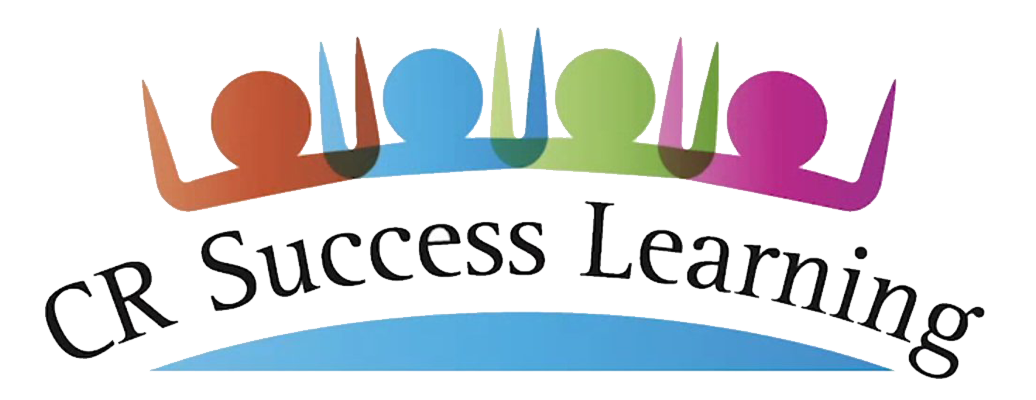🖋️ Spelling Part 2: Conversations with Cheryl
Helping Students Be Accountable
Often when I speak with teachers, I hear a familiar lament:
The real, underlying question always is:
When we first released CR Success Spelling, we felt we addressed this problem by teaching the patterns of the English Language using high-frequency words for writing. However, we quickly learned we needed to do more. We needed to revise our approach so that the learning would stick, and so that it would be both long-lasting and transferable.
When we designed our program, now named Wordsmith to represent a broader view of word study, we followed these key points:
#1: Select Words Carefully and Systematically
Words are selected based on their frequency of use in reading and writing, by their representation of the phonetic concept, and by their ability to enhance vocabulary and writing skills. In addition, high-frequency non-phonetic words (also called T.R.I.C.K.y words or sight words) are added as needed.
#2: Teach Patterns, Not Rules
Spelling patterns and concepts are taught. Exceptions are carefully examined and explained. Students learn that the English Language is not “crazy” but is quite predictable. Research shows that about 50% of English words have regular spellings with 1:1 sound-letter correspondences, and another 34% are predictable except for one sound. When word meaning, word origin, and morphology are considered, only about 4% of English words are truly irregular.
#3: Use a Multisensory Approach
Activities in Wordsmith include a variety of modalities, including visual, auditory, and kinesthetic.
#4: Keep it Interactive and Authentic
The Wordsmith Program recognizes that students do not learn to be truly skilled users of words by filling in rote worksheets. Activities are designed to promote interaction among students and to incorporate authentic writing activities.
#5: Allow for Differentiation
In Wordsmith, accommodations and scaffolding suggestions are provided for students who are below expectations and who exceed expectations.
#6: Provide Language Instruction
In order to be a wordsmith, you must understand both the phonology and orthography of spelling as well as word structure (morphology), vocabulary, and word origin. Wordsmith is truly a multi-dimensional study.
#7: Keep the Home-School Connection
Informing parents and encouraging parental involvement is an essential part of any successful program. Wordsmith includes family newsletters that provide homework activities to support learning without being “busy work.”
#8: Apply the Learning with Intention
This last key is one of the most important. Teachers need to intentionally point out words in other content areas that follow the pattern. For example, after studying multisyllabic words with two closed syllables, students could identify these mathematical words: digit, product, addend, etc. Seeing words in other contexts is both motivating and enhancing to learning.
Teachers also need to hold students accountable for using the spelling pattern or the memorized T.R.I.C.K.y word in their writing.
At CRSL, we teach students ‘What Good Spellers Do.’ To be a good speller requires a number of things but a primary requirement is knowing that good spelling matters.
Up next: Teaching Tips for Spelling: We’ll look at methods to encourage developmental spelling while providing explicit feedback to students in instructive and helpful ways. Such feedback helps students become accountable for their own learning. As always, watch for free downloadable resources.





